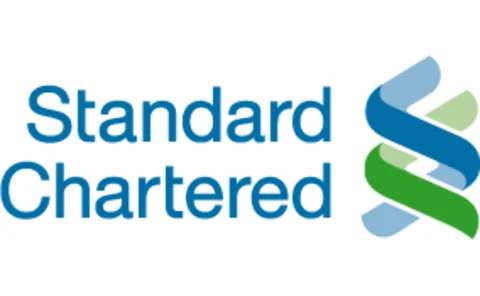Interest rate swaps
Two curves, one price
The financial crisis multiplied the yield curves used to price interest rate derivatives, making traditional no arbitrage pricing no longer valid. By taking into account the basis adjustment bootstrapped from market basis swaps and using a foreign…
Middleware at fault for Barclays clearing break
Middleware at fault for Barclays clearing break
Two curves, one price
Interest Rate Derivatives
LCH.Clearnet in a raft of Asia deal talks
Clearing giant LCH.Clearnet strengthens its position in Asia as it looks to seal a number of clearing deals with a raft of exchanges and other market participants
Two curves, one price
The financial crisis has multiplied the yield curves used to price plain vanilla interest rate derivatives, making classic single-curve no-arbitrage relations and pricing formulas no longer valid. Marco Bianchetti shows that no-arbitrage can be recovered…
Heightened event risk as ECB excess liquidity shrinks
Dealers eagerly watch European Central Bank tenders as new maintenance period is set to begin
LCH.Clearnet re-values $218 trillion swap portfolio using OIS
Changes in valuation were “relatively small”, says clearing house
LCH.Clearnet considers revaluing $212 trillion swap portfolio
LCH.Clearnet could start using overnight indexed swap (OIS) rate curves rather than Libor to value its roughly $212 trillion swap portfolio, in response to changing market practice.
Sponsored statement: Standard Chartered – winning for clients in Asia, Africa and the Middle East
Standard Chartered delivered an impressive set of results for 2009 even as its competitors across the world continued to suffer the fallout of the financial crisis. Group head of financial markets, Lenny Feder, talks about the successes of the year and…
Reconsidering the fixed-floating mix
Yield curves for sterling, the euro and the dollar are the steepest they have been for well over a decade, leaving companies with outstanding fixed-rate debt and large amounts of cash on balance sheets facing significant negative carry. Many corporates…
Risk Espana rankings 2010
Changing of the guard
The Thais that bind
The Bank of Thailand relaxed its regulations covering the use of derivatives towards the end of 2009. While retail investors are already allowed to buy structured notes and deposits linked to some foreign variables, the relaxation of rules has provided…
Topsy curvy
Interest Rates
Blue skies
Profile
Total control
Profile
Sovereign Risk Manager of the Year - Agence France Trésor
Risk Awards 2008
Municipal Risk Manager of the Year - North Rhine Westphalia
Risk Awards 2008
A complex framework
Many Japanese financial institutions now conduct their derivatives business through their securities firms, but there are a number of legal risks in using a securities dealer as a derivatives trading entity, writes Tan Ser Kiat of Denton Wilde Sapte…
Linear, yet attractive, Contour
Banks’ Potential Future Exposure models are at the core of the advanced EAD (Exposure At Default) approach to capital requirements for credit risk considered in the New Basel Capital Accord. Juan Cárdenas, Emmanuel Fruchard and Jean-François Picron look…















